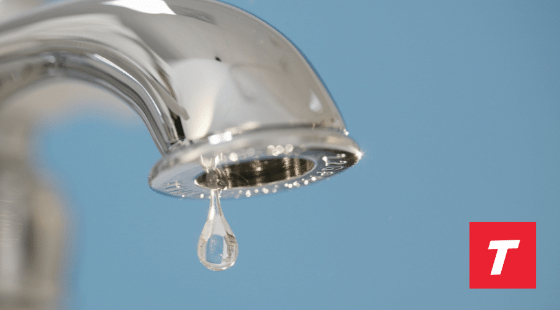Why Make the Switch to Plumbing Fixtures That Conserve Water? 2021
Whether you are trying to conserve water, whittle down your monthly water bill, or help save the environment, there is one simple step that can help you achieve these goals. Fox Valley plumbers recommend switching to water-efficient plumbing fixtures!
These fixtures are plumbing fixtures that conserve water. But exactly how much water, money, and energy can be saved? The EPA estimates that if all American households make the switch to these plumbing fixtures, the country will save roughly 3 trillion gallons of water and $18 billion dollars annually. Let that statistic soak in for a minute.
On top of that, swapping out your old plumbing fixtures for their high-efficiency counterparts can help substantially reduce energy consumption — and in turn, greenhouse emissions. According to the EPA, if at least one in every 100 households makes the switch to high-efficiency plumbing fixtures, there will be around a 100 million kWh reduction in the consumption of electricity which will help eliminate up to 80,000 tons of greenhouse gas emissions. The largest appliances like your water heater, dishwasher, and washer and dryer will make the biggest difference, while outdoors having a water-efficient irrigation system. But those also come with larger price tags. You don’t have to have a huge budget to begin reducing your water usage, say our friends at Gilmore Heating, Air, and Plumbing, who offers plumbing services in Sacramento.
Here’s a brief guide on how do you choose which affordable water-efficient fixtures to start with when reducing your water usage
Low Flow Toilets
Toilets account for a substantial amount of water usage and waste in a household — that’s about 30 percent of the overall water consumption. If the toilet currently installed in your home uses over 1.6 gallons of water per flush (GPF), consider switching to a high-efficiency toilet.
There are three basic options you can choose from high-efficiency or ultra-low flush toilets, dual flush toilets, and composting toilets. High-efficiency toilets have a GPF of 1.28. Dual flush toilets have two flush buttons: one for liquid waste and another for solid waste. Composting toilets, on the other hand, use virtually no water for flushing.
Scott Valley Water district also has rebates for homeowners who switch to low-flow toilets.
Water Efficient Showerheads
In an average household, showering accounts for 20 percent of indoor water use. By making the switch to high-efficiency showerheads, you can save as much as 70 percent of your shower water use.
Today’s high-efficiency showerheads have a strong shower stream so you do not have to exchange a powerful stream for water savings. If the showerhead installed in your bathroom has 2.5 GPM (gallons per minute), switch to an ultra-low flow showerhead with a GPM of 2 and below.
On top of reducing water consumption, these showerheads can also help reduce energy consumption by decreasing the demand for hot water.
Water Efficient Faucets
Older, inefficient faucets have an average GPM of 2.5. In this case, you can either switch to a high-efficiency faucet with a GPM of 1.5 or below or simply use an aerator or flow restrictor with the faucets currently installed in your home.
If you need a Fox Valley Plumber you can trust to recommend the right brands or even install your new fixtures and appliances, give the professionals at Turek’s Plumbing a call.
Editor’s note: This post was originally published in June 2016 and has been completely revamped and updated for accuracy and comprehensiveness.




